Australian Wildlife Week
Held During the First Week of October Each Year
Australian Wildlife Week 2022
Australian Wildlife Week was established by the Society in 2019 and is celebrated across Australia during the first week of October to encourage a positive relationship between humanity and nature.
Unfortunately, due to direct anthropogenic impacts, Australia’s wildlife has suffered significant declines since European colonisation. Land clearing, invasive species, and climate change are substantial threats to wildlife ecosystems and are key contributing factors to the loss of Australia’s threatened species.
The Society has established many projects over time to help safeguard Australia’s wildlife. The President of the Australian Wildlife Society, Dr Julie Old, said “We hope to raise awareness of wildlife conservation issues across Australia and inspire all Australians to explore and develop a deeper understanding of these issues, gain the necessary skills to make informed decisions, and implement wildlife conservation action where possible.”
This year, we are hosting an Art Display, Video Competition, and Online Webinar to celebrate Australian Wildlife Week and inspire people to implement wildlife conservation action.
Art Display
The Society is hosting an Art Display titled Australian Wildlife: A Journey Through Time in the Dragon's Lair Gallery at Hurstville Museum and Gallery from 24 September – 23 October 2022.
Video Competition
The Australian Wildlife Society’s Australian Wildlife Week Video Competition is a national competition. The Australian Wildlife Society invited videographers to raise the plight of threatened wildlife in Australia and encouraged the production of videos taken in Australia that reflect the diversity and uniqueness of Australia’s threatened wildlife.
The winner of the 2022 Australian Wildlife Week Video Competition prize of $1,000 was Julie Keating. Julie submitted a video on the Critically Endangered Eastern curlew (Numenius madagascariensis) – a migratory shorebird widespread in coastal regions in the north-east and south of Australia, including Tasmania. It breeds in Russia and north-eastern China and makes the long journey from Australia from late February to March. The Eastern curlew is found on intertidal mudflats and sandflats, often with seagrass beds, on sheltered coasts, especially estuaries, mangrove swamps, bays, harbours, and lagoons. Consequently, we are responsible for protecting coastal wetlands for them and the smaller shorebirds that live in their shadow.
The winning video is featured in our Australian Wildlife Week Art Display at Hurstville Museum and Gallery.
Online Webinar
The Online Webinar showcased wildlife research and conservation projects across Australia. We were joined by several keynote speakers, who provided an overview of their projects. We were also joined by seven of the Society’s 2022 University Research Grant winners, who summarised their research and the importance of protecting Australian wildlife. A copy of the webinar can be accessed below:



